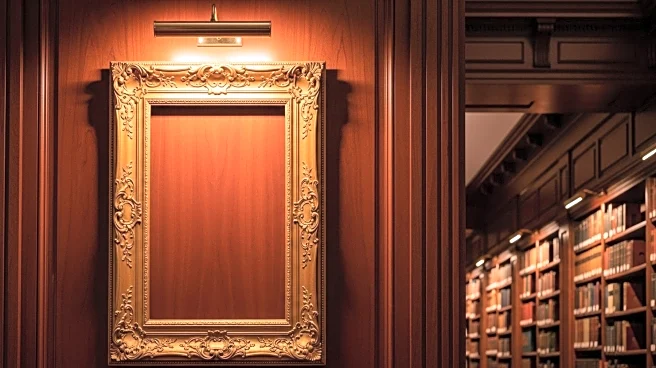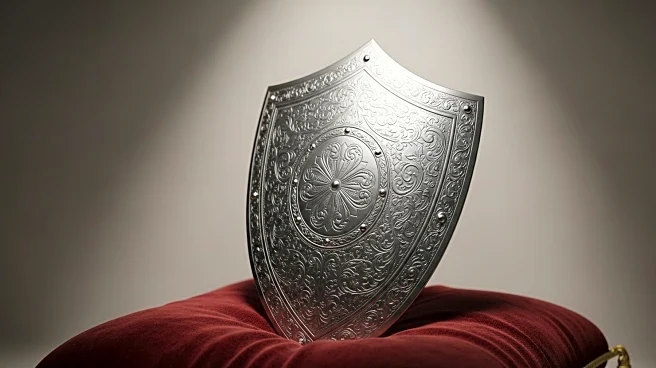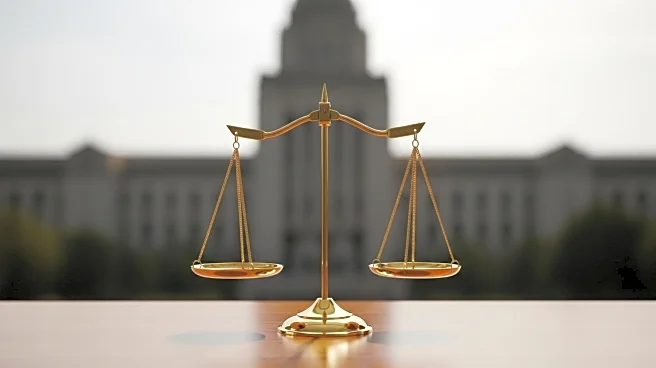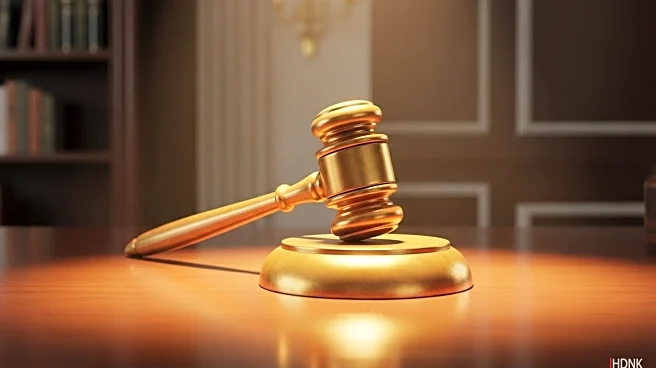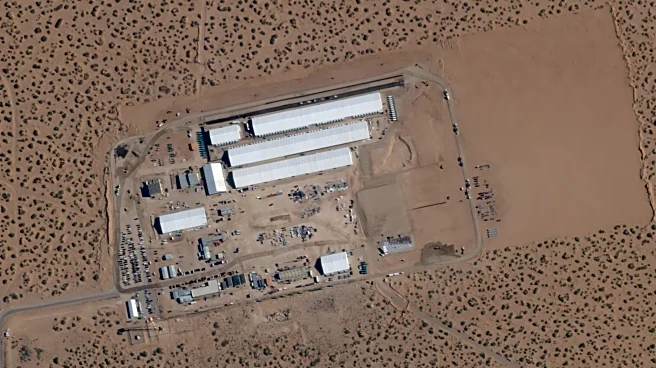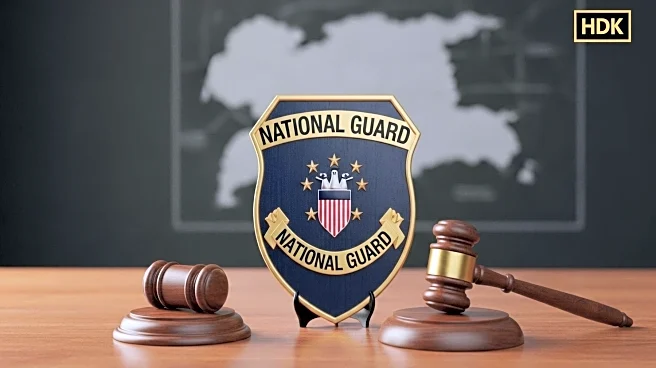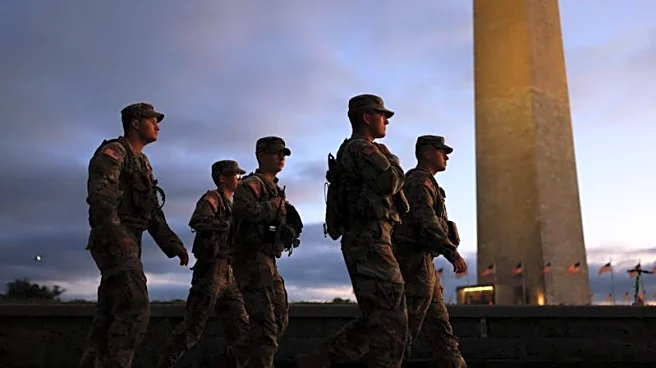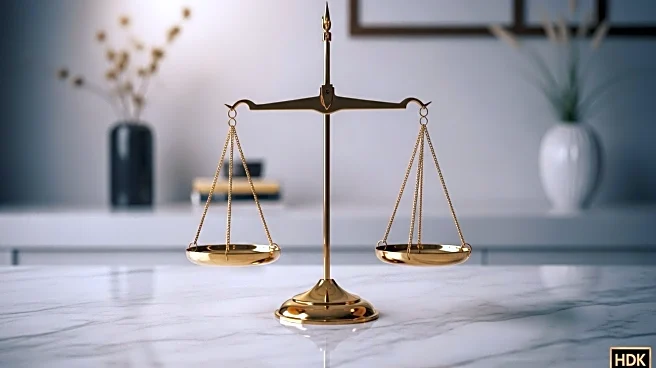What is the story about?
What's Happening?
The Pentagon has decided to restore a controversial portrait of General Robert E Lee at the West Point library. The painting, which depicts an enslaved man holding Lee's horse, was removed following a 2020 law aimed at eliminating Confederate tributes from military installations. This law also established a commission to review and rename bases and monuments associated with the Confederacy. Despite the legislation, the portrait is being reinstalled, raising questions about compliance with the law. The decision comes amidst ongoing debates about Confederate symbols and their place in American history. President Trump and Defense Secretary Pete Hegseth have been vocal supporters of restoring such symbols, arguing that they represent important historical traditions.
Why It's Important?
The restoration of the Robert E Lee portrait at West Point highlights the ongoing national debate over Confederate symbols and their role in American history. This decision may impact public opinion and policy regarding how the U.S. military and government handle historical artifacts associated with the Confederacy. Supporters argue that these symbols are part of American heritage, while opponents view them as glorifying a painful past of slavery and racial discrimination. The move could influence future decisions on similar issues, affecting military installations and public spaces across the country.
What's Next?
The restoration of the portrait may lead to further discussions and potential legal challenges regarding the interpretation and implementation of the 2020 law. Stakeholders, including lawmakers, civil rights groups, and military officials, may weigh in on the decision, potentially influencing future policies on Confederate symbols. The Pentagon's actions could set a precedent for how similar cases are handled, impacting the broader conversation about historical representation and memory in the U.S.
AI Generated Content
Do you find this article useful?
